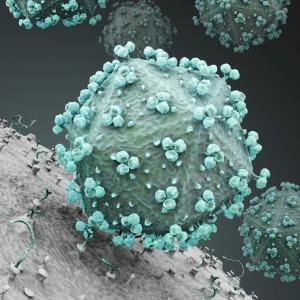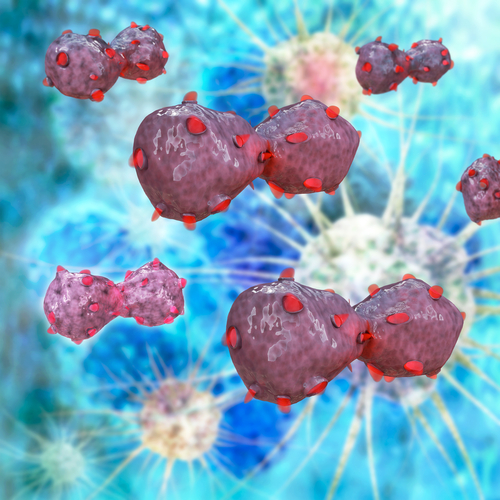 A new study entitled “The Transcription Factor NFAT Promotes Exhaustion of Activated CD8+ T Cells” was published in Immunity, where researchers show that the transcription factor NFAT in the absence of its transcriptional partner AP-1 induces a gene expression program that leads to T cell exhaustion.
A new study entitled “The Transcription Factor NFAT Promotes Exhaustion of Activated CD8+ T Cells” was published in Immunity, where researchers show that the transcription factor NFAT in the absence of its transcriptional partner AP-1 induces a gene expression program that leads to T cell exhaustion.
During chronic infections or cancers, CD8+ T cells lose the ability to kill virus and tumors. The mechanism that leads to T cell exhaustion is not well understood, however, it is pivotal to overcome chronic infections and cancers.
The research team had already attributed Nuclear Factor of Activated T cells (NFAT) as the main molecular factor, inducing T cell activation. When a foreign protein binds to the T cell receptor on the surface of CD8 T cells, it induces a signaling cascade that ends in the activation of NFAT and its partner AP-1. This pair will bind to regulatory regions in the genome and start a genetic program that activates T cells, making them ready to deal with cancer and viral infections.
Study author Dr.Renata M. Pereira explained in a news release that a better understanding of the molecular mechanisms underlying CD8 T cell exhaustion is a step further towards the development of new approaches to generate optimal T cell responses to fight cancer.
During chronic viral infections and some types of cancers, CD8 T cells become less efficient and become unresponsive. Moreover, exhausted CD8 T cells begin to express inhibitory cell surface receptors, such as PD-1 and TIM3, which receive and provide inhibitory signals inside the cell promoting a negative feedback loop.
The authors found that interfering with NFAT’s ability to interact with AP-1 shifted the equilibrium towards T cell exhaustion, inhibiting the immune responses to tumors and infections. Lead author Dr. Anjana Rao added that NFAT specifically changes the balance between an activated and exhausted state by binding to a different group of regulatory regions within the genome.
Overall, these findings showed that in the presence of AP-1, NFAT induced T cell activation while in its absence it initiated a negative regulatory program that induced gene activation of inhibitory cell surfaces markers and blocked signals induced through the T cell receptor. Interfering with CD8 T cell activation and cytokine production can help deal with infections and tumors.


